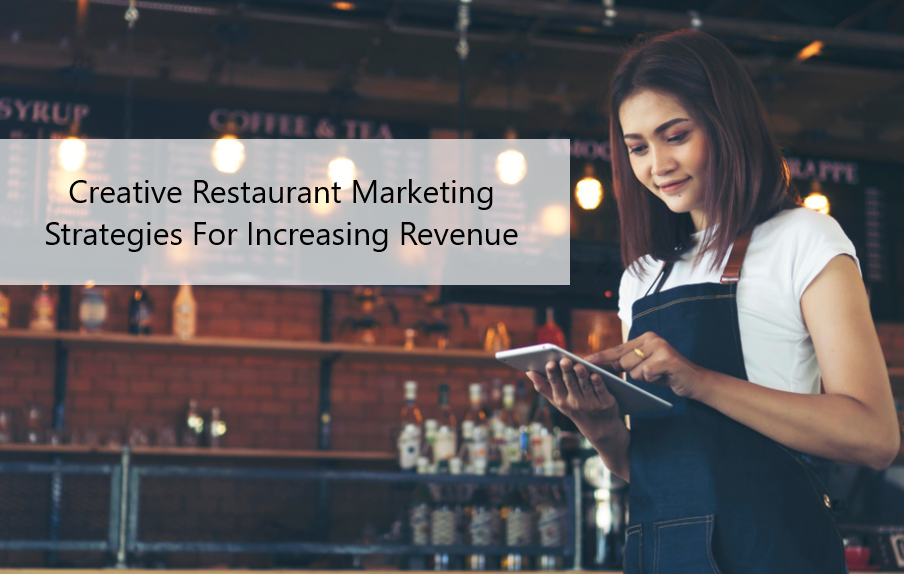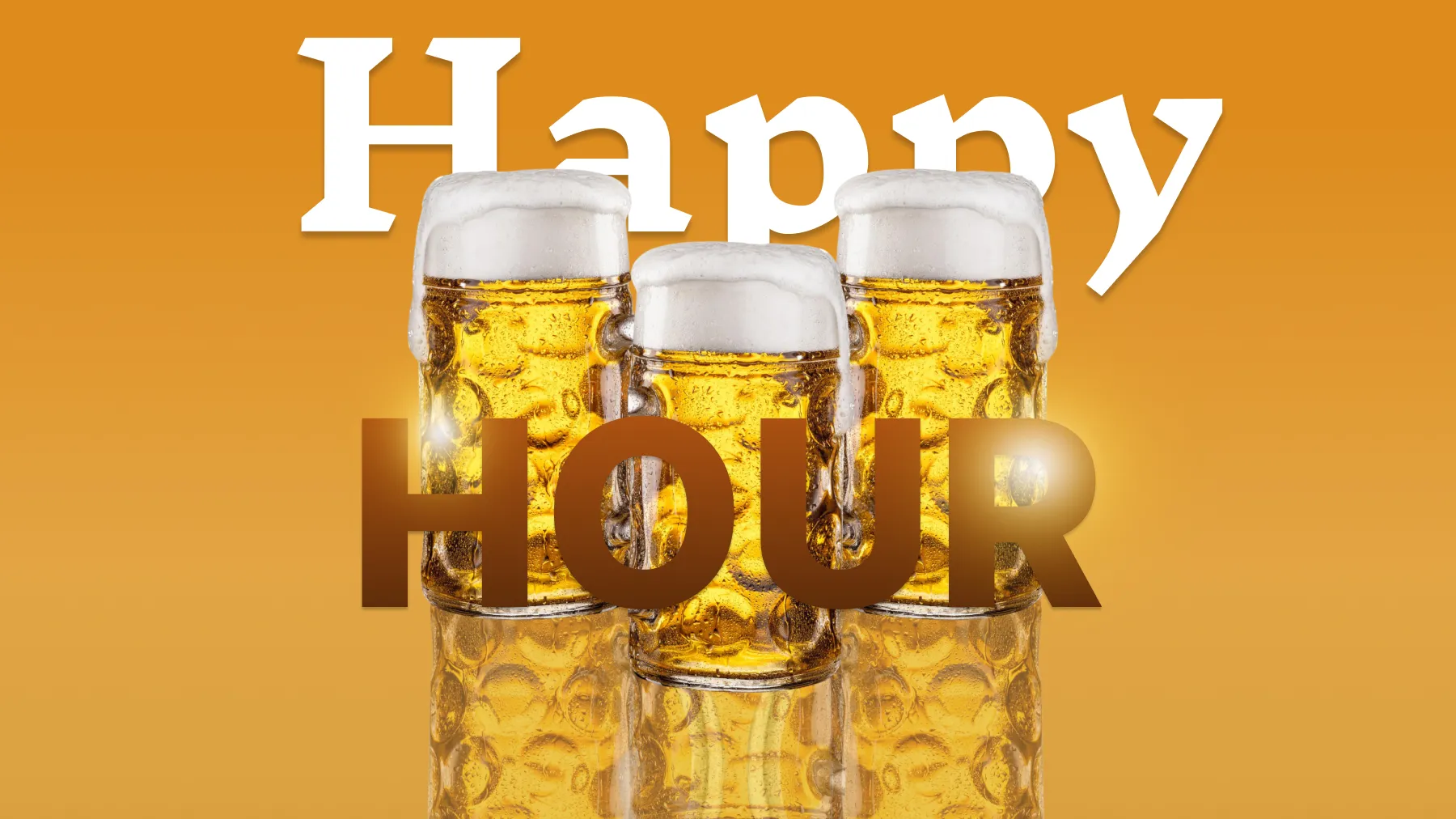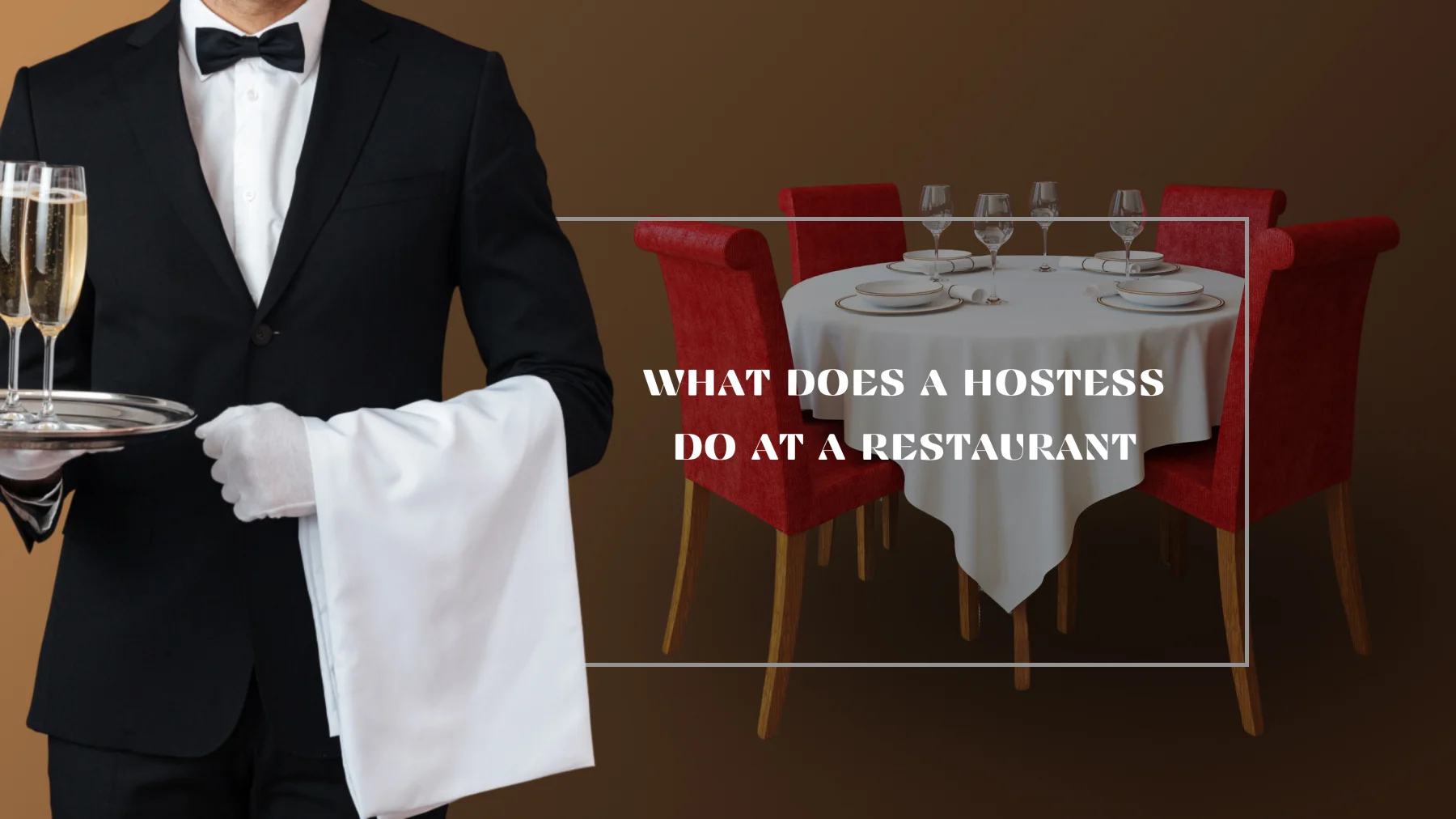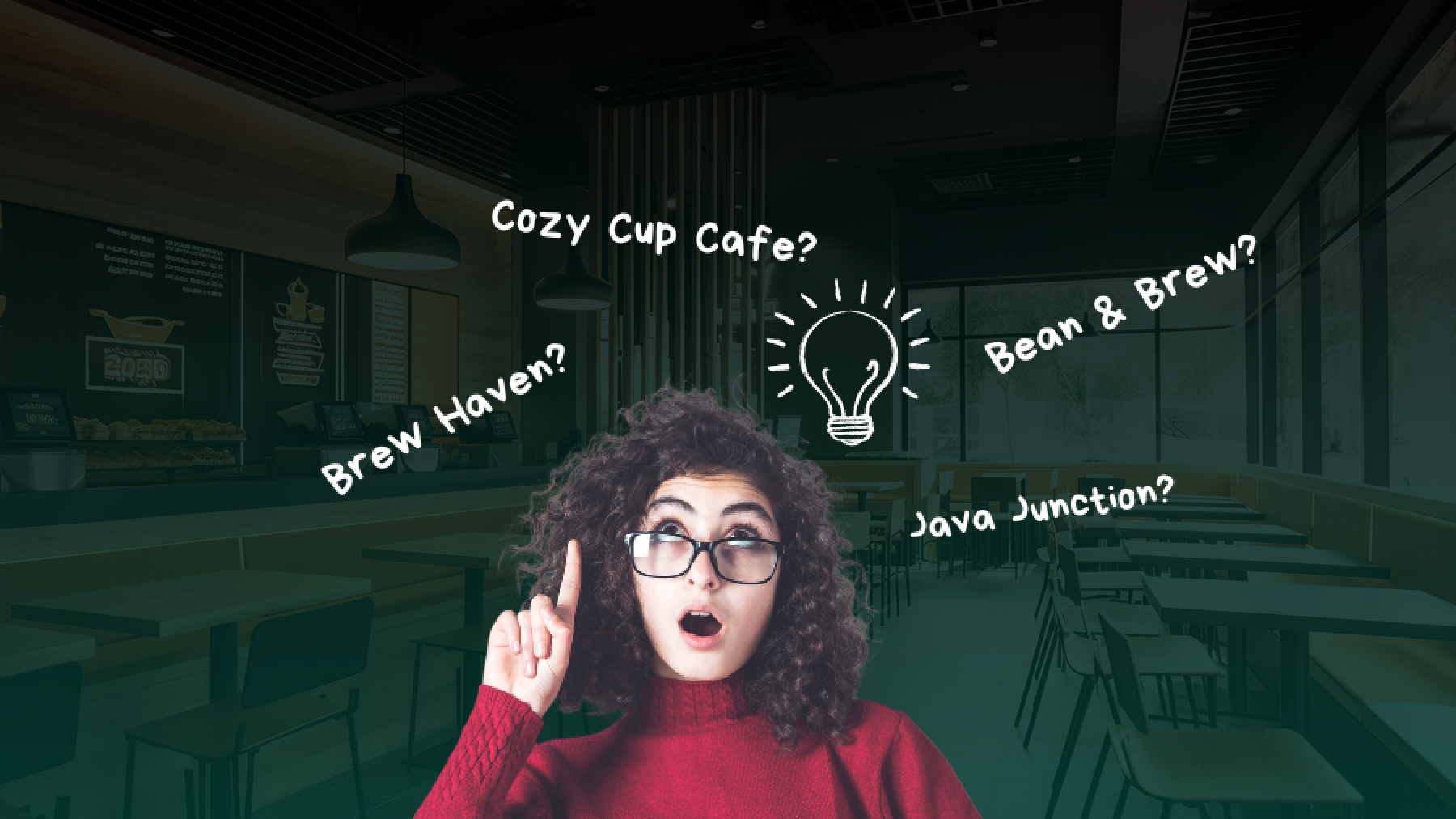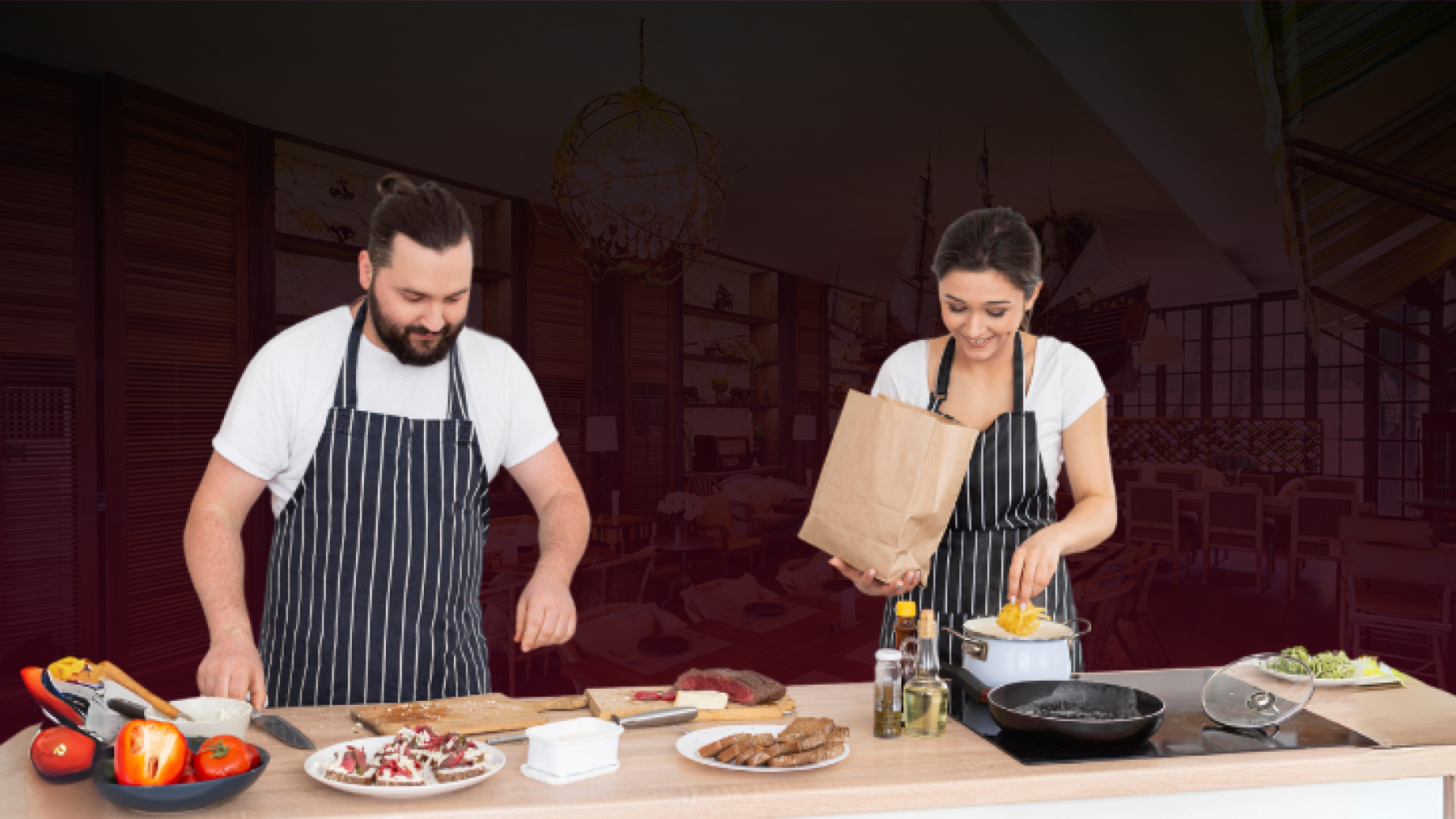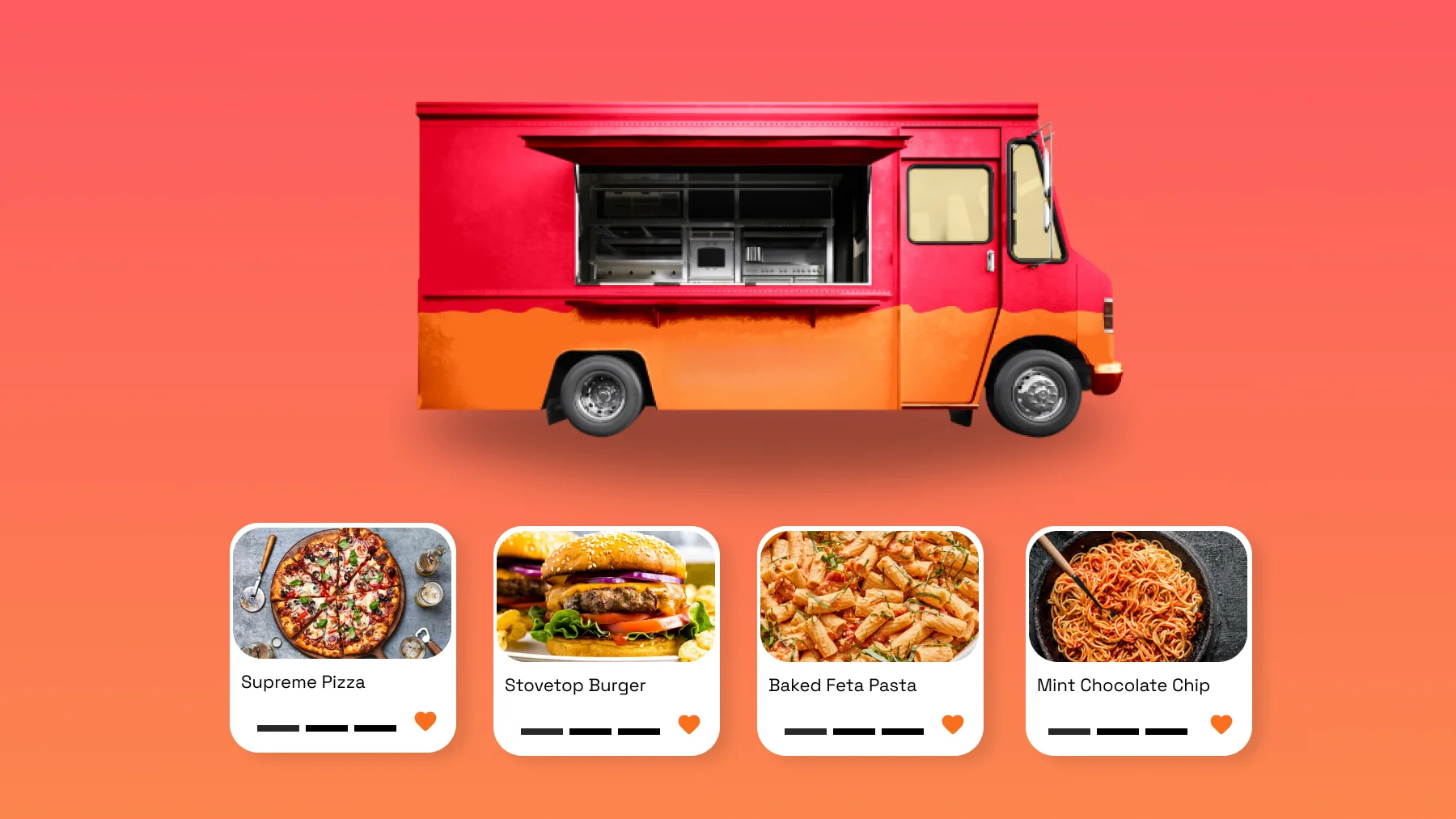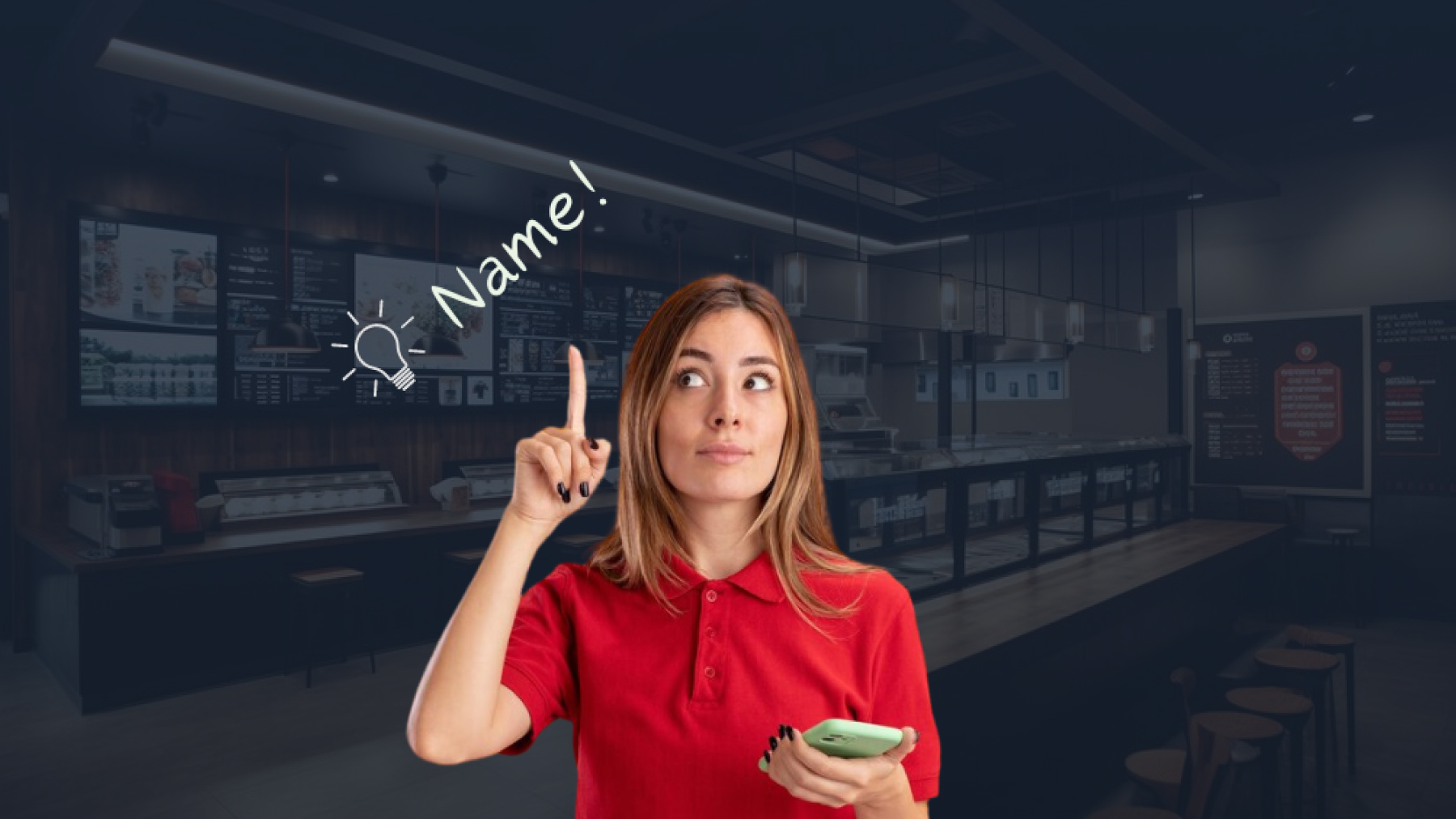Creative Restaurant Marketing Strategies For Increasing Revenue
With constantly changing restaurant business dynamics and the modes of reaching target audience becoming multifarious, restaurant marketing has become complicated in the past few years. It requires a dedicated effort, meticulous planning and a strategizing that is ideal for the restaurant type.
People trying to engage in restaurant marketing have to face both tough, complicated and interesting challenges. Since diners have a sea of options before them when they decide to die, restaurants must compete ferociously for grabbing their attention. While having a website for a restaurant is a primary mandate, there are other marketing strategies that can be followed by restaurants to boost overall sales and revenue. This blog will help you navigate through the tedious tasks of marketing your restaurant.
FACEBOOK ADS FOR RESTAURANTS - REACH LOCAL SURFERS WITH TARGETED ADS
Facebook ads can create magic for restaurants as Facebook restaurant ads help reach local searchers with extremely targeted ads. Facebook ads are a great tool for restaurants to enable repeat business and also attract new customers. By utilizing advanced geofencing Facebook ads, restaurants can target people who physically visit the restaurant. Facebook knows if the customer has already visited the restaurant. This information can be used to send specific messages or specials to patrons. People who search for local restaurants can also be reached using their email address or contact number. The customer’s contact information can be uploaded into the restaurant’s marketing strategy based on which Facebook ads can be used to target specific people with laser precision.
ENCOURAGE APP INSTALLS
When a restaurant has its own app and encourages users to download the app for food ordering, it enjoys the benefits of features like loyalty schemes, table reservations, discount coupons and in-app ordering. By making full use of the in-app ordering facility, the restaurant is also saved from the hefty fees associated with third-party aggregators. Facebook can be used as a platform to encourage people to download the app. Facebook ads can direct people to the app store listing where people can download the app with just one click. Facebook is a powerful conversion tool as it can highlight an offer or discount available in the restaurant at the moment. Once the app is installed in the device, a restaurant can direct people to the order page so that they make instant food purchases online.
ATTRACT NEW CUSTOMERS WITH FREE ACTIVITIES
Freebies always entice people. When combined with the might of Facebook ads, a free event generates additional publicity for the restaurant. An event can be built in a thematic manner like Christmas, Halloween or Independence Day. When a buzz is created around the event, an anticipation is built and participation increases. For example, Facebook Friday Event – The restaurant can invite its group of Facebook fans to participate in a get-together at a specific time on Friday. The event can be made memorable by offering food, drinks, sneak peeks of new menu items or anything related to the restaurant.
FACEBOOK PIXEL TRACKING
Since restaurants achieve only small margins, their advertising expenditure must be closely watched using an intelligent analytics system. When Facebook ads are combined with Facebook pixel, they give an exact picture of the returns received from the advertising expenses.
Facebook Ads Track:
- People reached
- Impressions
- Clicks
- Purchases
- Ad Engagement
Facebook Pixel Tracks:
- Monthly value of each customer
- Frequency of customer returns
- Customer demographics
- Total revenue
- Website conversion rate
Restaurants must add the Facebook pixel to the site and also the event code to every page to set this up correctly. Next, the restaurant must give the purchase event on the page so that the value of each and every purchase is tracked.
Facebook pixel can also lets restaurants:
- Target only new customers (excluding those who have already visited the website or made online purchases).
- Target customers who have already made a visit to the website, but have not made any purchase so far, with special discount offers.
- Retarget all the customers, who have made table reservations in the past, with a special promotion.
Thus, the Facebook pixel permits restaurants to completely understand the nature of customers connecting with them and treat every customer on an individual basis (instead of sending one common message to everyone across all online mediums)
RE-ENGAGE POTENTIAL GUESTS THAT ENGAGED WITH YOU
One can realize the power of Facebook advertising while re-engaging with people who have already made financial transactions in the past.
Restaurants must use Facebook’s Custom Audiences option available at the very top of the Audience section in ad targeting. The ‘Custom Audience’ option creates an audience that has interacted with you while ‘Lookalike Audience’ creates a new audience based on the characteristics of existing audiences.
These tools can tremendously improve a restaurant’s success as up to 70% potential customers (people who have shown a specific interest in the brand) are likely to convert into patrons.
DRIVING TRAFFIC TO THE RESTAURANT WEBSITE
If you want customers to know everything about you and your culinary offerings, the restaurant website is the best place to show off the business. There is usually a lot of competition and noise on social media platforms like Facebook and Instagram. If you wish to stay away from spaces already occupied by your competitors, creating your own website is a wise choice.
Facebook ads can be coupled with links directing customers to the restaurant website that has images of your food, physical space, calendar of events, a downloadable menu with prices, etc. Customers can also make use of the restaurant website to make table reservations, purchase online gift cards or other merchandise. A restaurant website is not just a contact page but a digital platform to establish and maintain relationships.
BUILD A CONTENT PLAN - THE 5 W’s AND 1 H
These are a few best practices to guide a restaurant’s social media strategy:
Who – If there is no dedicated person to manage the restaurant’s social media presence, appoint someone or alternatively, delegate the task to a social media-savvy member of the team.
What – The ‘Rule Of 3rds’ will help you in this regard – that is, the content posted by the restaurant should be an equal balance between:
- Posting news about the restaurant business. Can also include tips regarding certain signature dishes.
- Creating an interaction with the audience – sharing their reviews and photos of the restaurant.
- Promoting the restaurant and its menu items so that the brand always stays on top of the recall. Sharing user-generated content on the restaurant website and social media platforms.
Why – A restaurant must always monitor the impact of likes, shares and comments on the overall sales. With the onset of the pandemic, restaurants must start focusing on increasing delivery or take out orders.
When – The best times for social media posts are between 10 AM and 3 PM. Restaurants can post once or twice everyday on Facebook and Instagram. Daily tweets can go up to 10 per day. Restaurants must always keep testing to know what engages the audience and provide more such content.
Where – Different types of content create different effects on various social media platforms. Posting the menu on Facebook or Google makes it easy for the user to read but mouth-watering photos of the special food for the day must be posted on Instagram. Altering copy and visuals according to the platform used can help the messages live longer and reach the intended audience effectively.
How – Since restaurateurs have a busy day, they can make use of tools that will help them schedule posts in advance. Facebook and Twitter have free scheduling tools that can be used for free. Tools like Later and Curalate are available on Instagram as free or inexpensive scheduling options.
EMAIL MARKETING FOR RESTAURANTS
Restaurants can make use of email marketing extensively to always keep in touch with the diners and encourage them to make restaurant visits. Here are some ways to execute an email marketing plan:
1. Push Messaging
As the name suggests, marketing messages sent via ‘push messaging’ are delivered to the user without them having any control of when they wish to receive it. Push messages can be sent as SMS, web or mobile app notifications. Push messages could be a potential interruption for the user. Nevertheless, when email marketing is coupled with push notification marketing, it maximizes customer engagement.
2. Birthday Emails
Restaurants must capitalize on birthdays, anniversaries and other special days that diners celebrate. When customers receive emails on such special days on a personal basis, they get more attached to the brand. They can be invited to treat themselves and their family members at the restaurant with a great discount. Such emails need just one template. With every new subscriber, the content on the template is sent automatically with just the name changed.
3. Flash Sales & Limited Time Offers
Restaurants can send out emails about flash sales. If the email is inclusive of an animated GIF, it can attract customers better. Digital coupons for Limited Time Offers (LTO) will definitely strengthen the restaurant’s email marketing.
4. Including Social Media Buttons
When a restaurant has a presence on social media platforms like Facebook, Twitter or Instagram, the links must be included in the promotion email. This will help subscribers to follow the restaurant on those platforms as well. They will also share their pictures of dining by tagging the restaurant’s name, giving the restaurant some free publicity.
5. Focus on CTAs
Only when a restaurant’s email has a distinct and precise CTA, the customers will be encouraged to take action. One email should include only one CTA to avoid confusion and sub-optimal results.
Tips:
- Include CTA in the Email’s Subject
- Use contrasting colors to highlight the CTA better
- Link the CTA to a dedicated
DIGITAL MARKETING FOR RESTAURANTS
Digital marketing opens up great avenues for restaurant business growth. Here are some digital restaurant marketing ideas.
1. Instagram For Restaurant Digital Marketing
Instagram is the fastest growing social media platform with new features available almost every other day. Restaurants must post amazing photos of their food, staff, guests and physical spaces at least twice a day. Also invest in paid IG ads and retargeting to boost restaurant revenue.
2. Partnerships With Delivery Services
Small or medium scale restaurants can take advantage of delivery services like Uber Eats, DoorDash and Postmates as long as the commission fees are affordable. Such partnerships can increase overall sales remarkably.
3. Google Analytics
Google Analytics gives restaurants a complete picture of how visitors are interacting with the brand. It is a one-stop data dashboard that enables restaurants to collect and analyze consumer behavior. The reports compiled by Google Analytics helps restaurants to improve their marketing channels and take data-driven decisions.
4. NAP Optimization
NAP is an acronym for Name, Address and Phone Number. To boost visibility and attract new customers, restaurants must provide these details at the top of the website. Keeping NAP Optimization details updated and consistent across all platforms will help rank well in organic search results as well. Google will provide your restaurant’s name on the first page of search results when people make geo-targeted searches.
5. Closely Monitoring Review Websites
Restaurant customers base their opinions and decisions about food destinations based on reviews from other online users. It is, therefore, important for every restaurant to keep a close watch on review websites. These websites, where people leave their feedback about restaurants, is one of the most influential platforms for brand image building. They also help to build a restaurant’s credibility amidst customers. Restaurants must register with as many review sites as possible to increase visibility and help the brand name reach as many people as possible. Responding courteously to both positive and negative reviews will build a great status for the restaurant.
6. Using Mobile Ads
Predictions state that half of all paid clicks on Google will be from mobile devices. Restaurants must make maximum use of mobile ads as users are mostly looking for nearby restaurants while on the move. The advantage is that it is much cheaper than desktop ads and lead conversion rates are higher. Google Ads permits all kinds of mobile customization and targeting options resulting in restaurants deriving the most out of their bids. For instance, restaurants can increase their bids during dinner time when more users are looking for food ordering or dining out options on their mobile gadgets. This increases the restaurant’s chances of showing up on the top few results for a specific query.
7. Monitoring The Social Media Presence
The power of social media marketing strategies is undeniable in today’s digital world. Pamphlets or delivery menus sent as newspaper inserts or slipped under entranceways will not work magic anymore. It has been proven that restaurants with a strong social media presence are the ones that fare the best in the industry. So, ignoring social media could be a death blow to the business. By setting up Facebook and Twitter accounts to share photos and news about special offers and discounts, only half the job is completed. The rest must be accomplished by constantly staying active on these social sites. Some of the free and popular social media management tools are HootSuite and Buffer.
8. Local SEO
Local SEO activities include everything from driving organic traffic to the website to getting customers to the restaurant table. When people make searches like “Italian restaurants near me” or any other specific cuisine-based geographic searches, the SEO practices will determine how quickly they spot the restaurant.
- SEO can be boosted through the following actions:
- Creating and maintaining a blog with relevant and compelling content
- Ensuring that every page of the website has local keywords and other SEO coding like metadata embedded in pictures, videos, headings, etc.
- Making a judicious use of internal (redirecting visitors to pages within the website) and external links (providing affiliate websites or source credits) on blogs and other materials
- Creating a Google My Business Account
- Providing contact information (NAP) multiple times with high visibility
9. Pay-Per-Click (PPC) Advertising
There are two kinds of traffic on the online medium – organic traffic and paid traffic. To attract paid traffic to the restaurant website, the Pay Per Click model of advertising can be used. When the ad is clicked by the user, the advertiser pays an amount to the publisher. PPC improves online visibility and helps the restaurant secure the top few places during search results. Restaurants place a bid on particular keywords. When a user makes use of those keywords while searching online, the search engine determines which advertiser has bid the highest amount. Accordingly, the ads are arranged and displayed. For PPC advertising to be more effective, restaurants must optimize their landing pages, use remarketing strategies and also include location-based keywords.
This blog can function as a comprehensive checklist of restaurant marketing strategies. We wish you a successful and profitable journey as a restaurateur.
LATEST BLOG POST
What Is Happy Hour? 10 Foolproof Ways to Make Your Happy Hour Successful
ShareTweetSharePin0 Shares
What does a hostess do at a restaurant? Duties And Responsibilities
ShareTweetSharePin0 Shares
200 + Cafe Name Ideas That Will Make Your Business Stand Out
ShareTweetSharePin0 Shares
How to Craft an Effective Restaurant Mission Statement: A Step-by-Step Guide
ShareTweetSharePin11 Shares
How to Create Food Truck Business Plan? Complete Guide
ShareTweetSharePin11 Shares
How to Choose the Right Restaurant Name (+ 190 Great Ideas & Examples)
ShareTweetSharePin11 Shares
